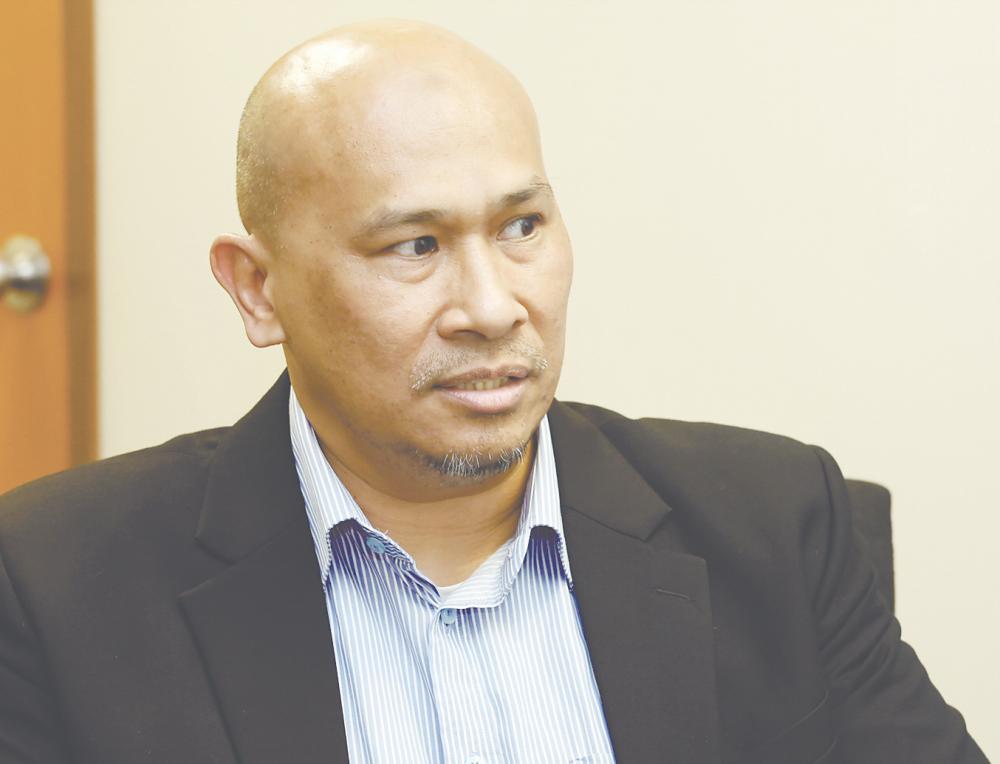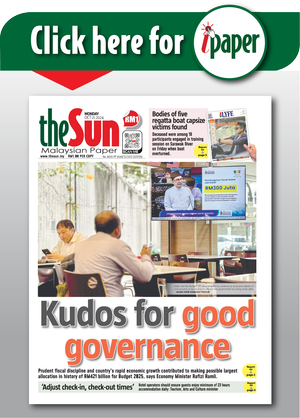PETALING JAYA: As Malaysia struggles with declining natural rubber (NR) output, industry experts argue that the sector must revitalise rubber plantations and strengthen its upstream sector to remain competitive in the global market.
Bank Muamalat Malaysia Bhd chief economist Dr Mohd Afzanizam Abdul Rashid (pic) highlighted that Malaysia’s NR sector is dominated by smallholders, who account for 87% of production, making it difficult to achieve economies of scale.
“In contrast, only 13% of output comes from estates, which typically have better infrastructure and higher efficiency.
“This fragmented industry has contributed to declining productivity and increased reliance on imported raw rubber,” he said.
Mohd Afzanizam said in 1984, Malaysia produced 1.49 million tonnes of NR, but last year, the sector barely managed 386,500 tonnes.
“If we do not address this issue, Malaysia will continue losing ground to other major producers like Thailand, Indonesia, and Vietnam,” he said.
Malaysian Rubber Glove Manufacturers Association (Margma) former president Denis Low echoed the sentiment, emphasising the need for government intervention to rejuvenate the rubber industry.
“Allocating more land for rubber cultivation and providing incentives for smallholders to replant aging trees are crucial steps,” he said.
Putra Business School MBA Programme director Prof Dr Ahmed Razman Abdul Latiff highlighted China’s growing need for NR, particularly due to its booming EV industry.
“In 2024, China produced 10 million EVs, the highest number recorded, driving up the need for natural rubber.
“Although EVs require fewer rubber components than traditional internal combustion engine vehicles, the surge in production means strong demand for tyres, ensuring continued growth in NR consumption,” Ahmed said.
In a recent statement, Margma raised concerns over tightening NR supply, citing seasonal factors like wintering and rainy weather, which impact harvesting and supply.
“The supply constraints are expected to contribute to market volatility in the coming months,” Margma said.
Despite these challenges, Margma remains optimistic about the future demand for rubber gloves, projecting a rebound in global demand and expecting it to reach 450 billion pieces by 2027, up from 307.2 billion pieces in 2023.
The key drivers of this growth will be increased glove usage in key markets like the United States, the European Union, and Japan, as well as expanding applications in non-medical sectors post-Covid-19, including hospitality and semiconductor industries, Margma said.
To reverse the decline of natural rubber, Afzanizam stressed Malaysia must reinvest in upstream production, not only to ensure a steady supply for its rubber glove industry but also to diversify beyond palm oil in the plantation sector.
Afzanizam said: “This could be achieved through greater R&D investment, improved yields, and increased participation from government-linked companies (GLCs).”
While Malaysia remains a key player in value-added rubber products, its ability to compete globally in natural rubber
supply depends on how it tackles structural inefficiencies, smallholder productivity and supply chain sustainability.
Afzanizam stressed that revitalising the upstream sector is critical to ensuring that Malaysia does not fall behind its regional competitors.









